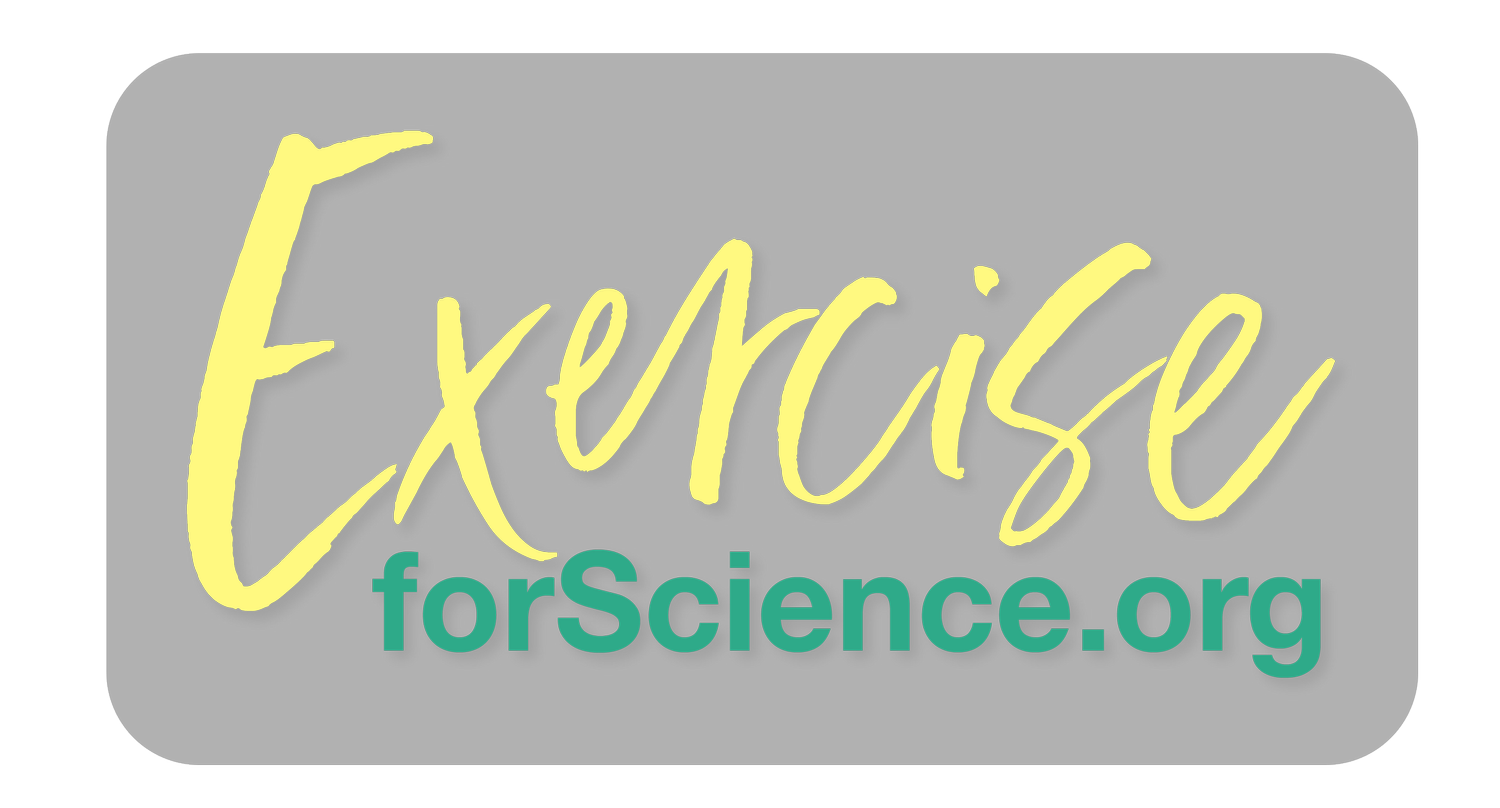Why it’s good to start running in middle age
Personal insights and learning from Prof Hart
Professor Hart was recently featured in The Conversation, explaining what inspires him about Exercise for Science and marathon running. Here’s a summary.
Personal running experiences
Prof Hart starts the article by saying: “As someone who started marathon running in mid-life, I know how many aches and pains (and doubts) you can have if you take on the challenge to start running at an older age. But as an orthopaedic surgeon who has replaced thousands of worn-out hips and knees throughout my career, I also know just how much exercise actually helps the joints.
“Hobbling around my orthopaedic hospital after my first marathon actually led me to do research on runners. After conducting 1,000 MRI scans of the joints of mid-life exercisers (both runners and cyclists) and “couch potatoes”, I now better understand just how beneficial mid-life running is for the knees, hips and spine.
Surprising knee findings
The findings were surprising to me, particularly in the knee study. MRI scans found most of the 115 middle-aged participants had abnormalities in their knees before starting marathon training. But after the marathon, they had no signs of deterioration in their joints. This totally changes the advice to would-be runners who have knee abnormalities.
We also found that the bones of some runners improved after the marathon. Ten volunteers had changes in their bone marrow that would normally have signalled pre-arthritis - but these signs vanished on the MRI after the marathon.
Exercise and osteoartritis
A commonly held belief is that exercise damages joints and may lead to osteoarthritis. But it may actually be a lack of activity that leads to osteoarthritis. The more a joint is used, the stronger it makes the bone and muscle around it.
For bones to remain healthy, our skeleton needs to be stimulated by mechanical load through walking or running. Bed rest and zero gravity result in reduced quality and strength of bone. Running provides a very good stimulus for bone building cells, and having healthy bone underneath the joint surface is particularly important for avoiding osteoarthritis.
The importance of muscle health
Inactivity also causes muscle wasting (sarcopenia), which affects how the joints move. Reduced muscle use also reduces the production of anti-inflammatory chemicals rom the muscles.
These chemicals are released when we exercise, and help reduce joint swelling and calm irritated joint linings.
Cartilage building
Another benefit of exercise is it improves how cartilage surfaces over each other. This keeps the joint stable when we move and ensures any pressure is placed evenly over the joint’s surface.
Strength and conditioning exercises can improve muscle function and cartilage even further – especially in our main limb joints.
How to start running
In general, the best way to support our joints involves a combination of different exercises, including strength training, bone impact (such as running) and stable joint movement (such as cycling). Start running very gradually to reduce the risk of injury.
One of the best ways to ease into running in mid-life is the NHS Couch to 5K running programme. It’s designed for everyone – including absolute beginners.
When not to run
Of course, there are some instances where running may damage our joints. These are usually because past bone fracture or previous ligament rupture. An unstable joint will move abnormally and may damage the cartilage. An unstable joint may also be caused by abnormal muscles around the joint.
If you’ve experienced any of these problems, speak with your doctor to come up with an exercise plan that works for you.
Read the full article in The Conversation.
The feature was also shared in UCL’s News.

